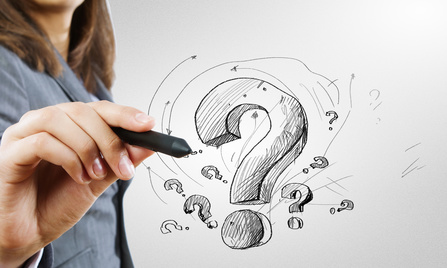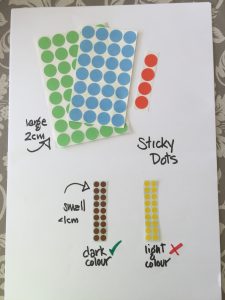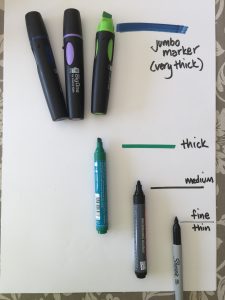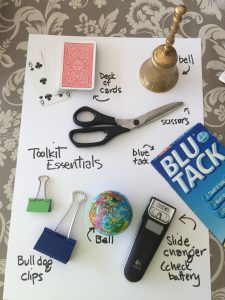What’s That? Visualising Items on a Facilitator’s Materials and Equipment List
Every time I facilitate I make a Materials and Equipment List. This is for me to think through exactly what we need on hand, and also to share with a partner or host when you are sourcing these items locally. This is a two column list that can be an aggregated list of everything needed for the whole event, or can be broken down by session. For procurement, the aggregated list is easier to use and share.
The Equipment List is normally made up of things that you need to request/order from the venue. These things normally have a price and the venue team will put them in the room as they are, for the most part, too big to carry around (not always, as there are mobile projectors, and people may use their own laptops, etc. )
The most traditional items are fairly evident and can include:
- LCD Projector
- Computer
- Screen
- Connector (between computer and Projector if using a Mac)
- Flipcharts (with ample paper)
- Pinboards (with pins – especially useful if you can’t post things on the walls)
The Materials List includes all the things that need to be brought in or sourced to run the various activities that you will facilitate in the workshop or meeting. Items on this list can be more problematic to describe when you are sending the list off for onsite sourcing. You might go back and forth describing this and that with a very conscientious counterpart who wants to get exactly the right materials (which is really excellent!)
To aid this, I thought I would make a pictorial summary of some of the things that most frequently show up on my Materials List. These include:
- Facilitation Cards: These are made of thick paper in different shapes and colours (for brainstorming and multiple uses). There are plain-backed cards, cards with sticky on the back (self-stick), and today there are static cards that will stick on walls and windows. Here are the most common shapes and sizes (click on the photos to see detail):
- Tape: Needed especially if you are using the non-self stick Facilitation cards, or to put up flipcharts, etc. There are two kinds that we use – masking tape (the opaque one) and cellephone tape (the clear one):
- Post-it Notes: This has replaced Facilitation Cards in some exercises, and can be used for many other things in a workshop. There is a wide variety of shapes, sizes and colours:
- Sticky Dots: These are used for prioritisation, giving feedback etc. Note that dark colours are better than lighter colours and size matters:
- Markers: Again they come in a range of widths, the selection of which depends on your activity and what you are writing on (a flipchart or an A5 card):
- Other materials: These are often frequently needed (by me!)
With this list, you can make sure that you have everything you need to execute the workshop activities you have planned, and if sourced onsite, your luggage won’t be as heavy as it might otherwise be.
This of course doesn’t mean that you don’t need to bring anything – see an earlier blog post called, ” ‘ Conference Organizers Providing Everything’: Packing List for Team Facilitation. Just in case…“












Leave a Reply
Want to join the discussion?Feel free to contribute!